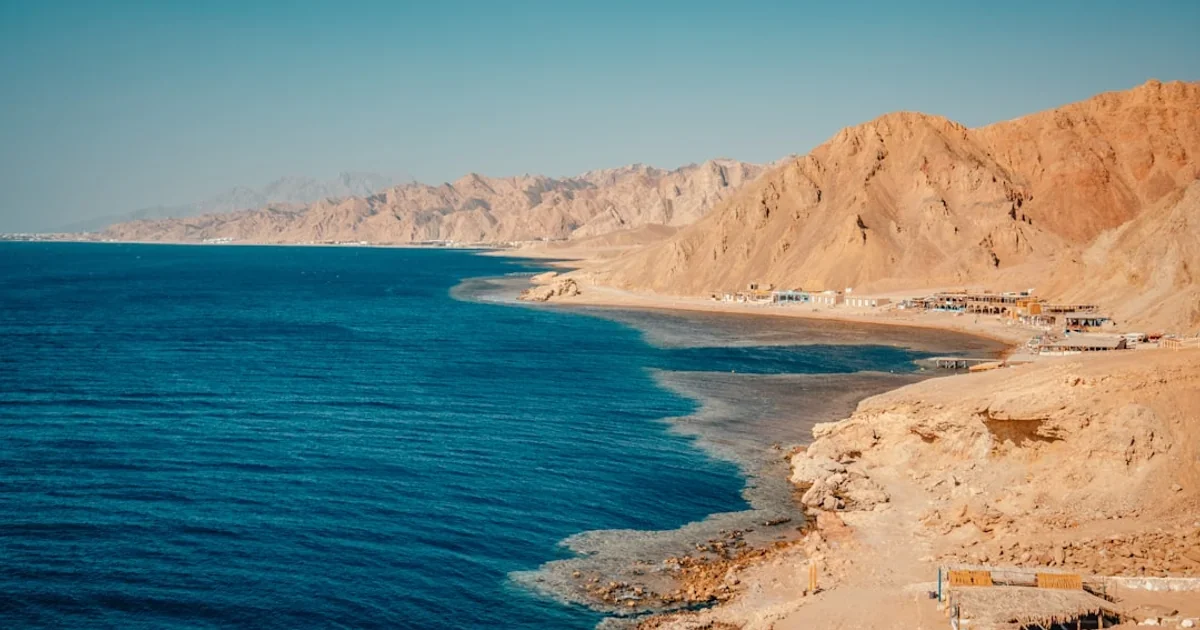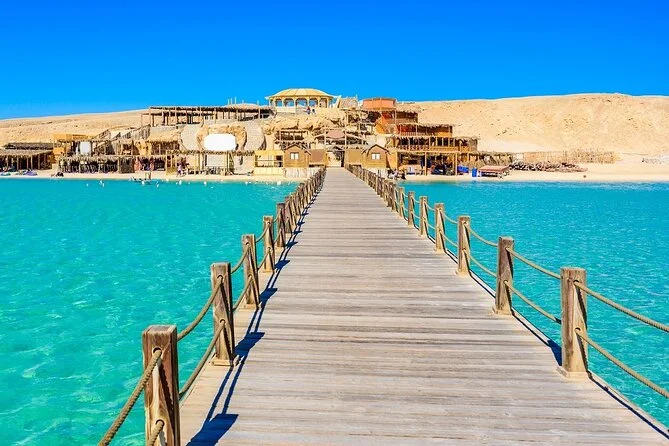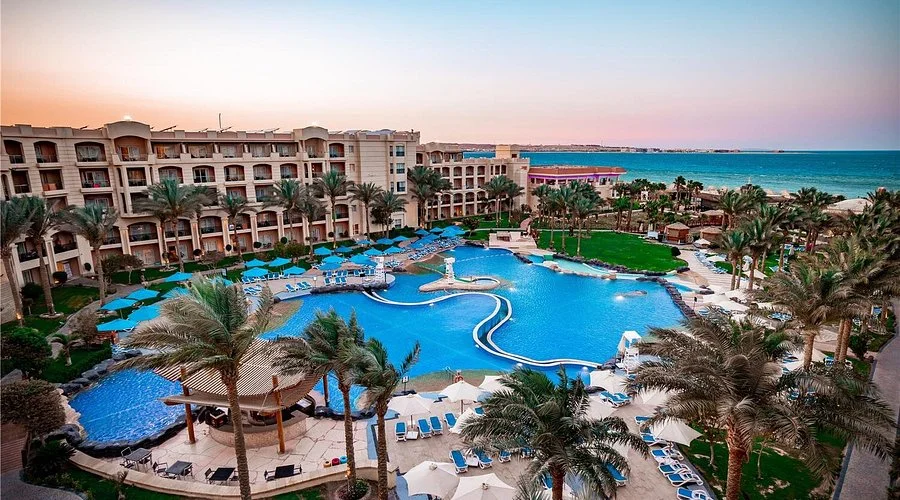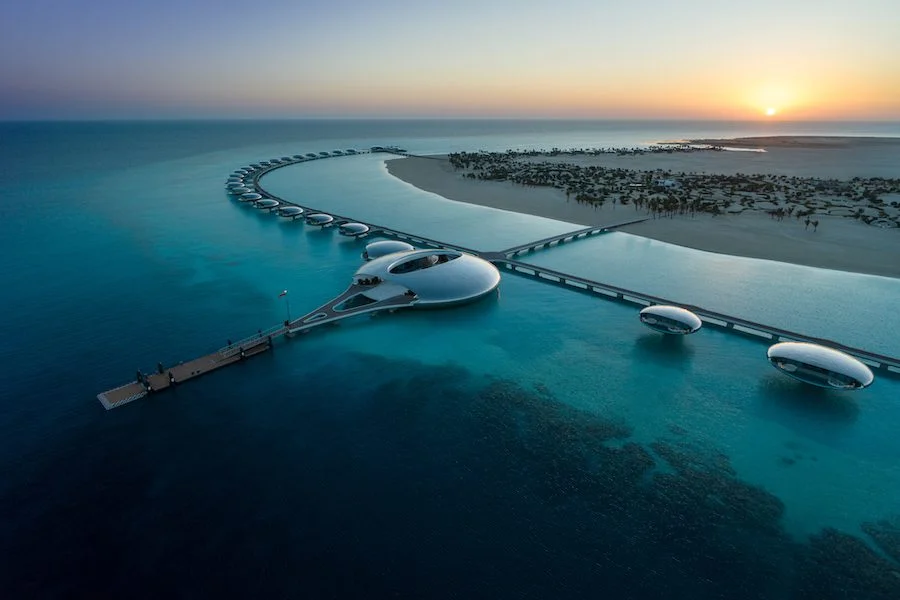Red Sea Shoulder Season vs Peak Season: An Off‑Peak Travel Playbook
Quick Summary: Shoulder season (March–May, October–November) brings warm water, softer light, and fewer boats. Peak season (December–February) offers mild air, steady visibility, and ideal conditions for land-based adventures. Prices typically dip 10–30% off-peak, with calmer beaches around Hurghada and fewer queues for permits and park entries.
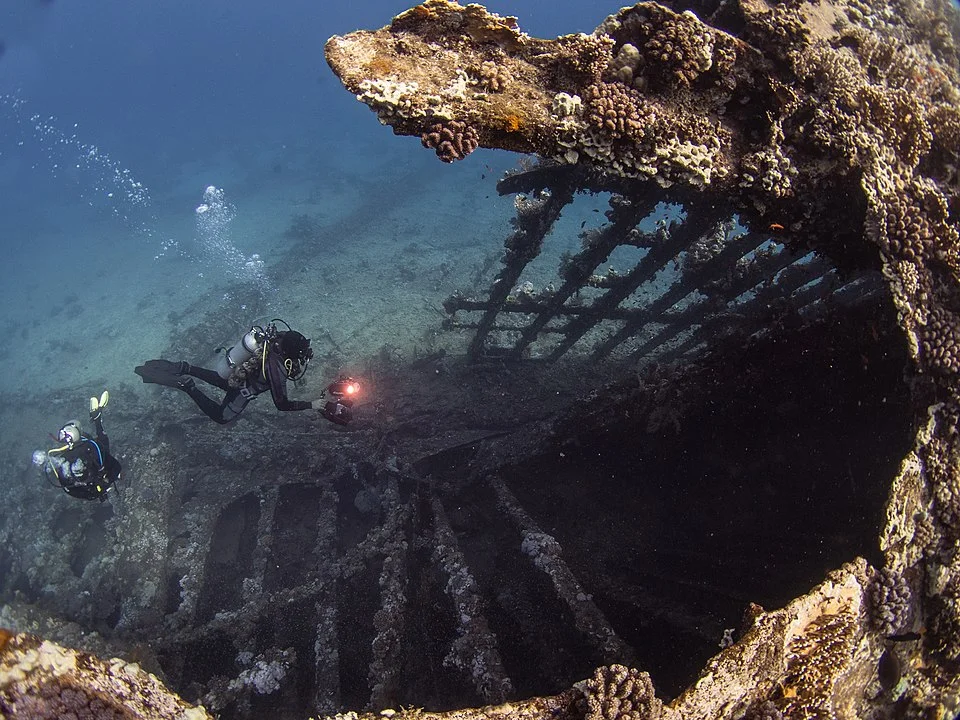
At a Glance: Quick Comparison
- Crowds: Shoulder is relaxed; peak adds festive buzz and fuller boats. - Water temps: About 22–24°C in Feb, 26–29°C by late Sep. - Air temps: 20–24°C winter days; 32–40°C in summer with strong sun. - Wind: Kitesurfers favor spring–autumn; Dahab often sees 15–25 knots in summer. - Prices: Off-peak lodging and tours often drop 10–30%.
Option A: Shoulder Season — Strengths and Experience
Shoulder months feel like the Red Sea at half volume. Morning boats cast off to lit-up reefs, beaches are unhurried, and the sun has a painter’s angle that flatters underwater photography. In the northern sector, sites inside Ras Mohammed National Park balance gentle currents with 20–30 m visibility, while snorkelers still find shallow coral gardens at 2–8 m without crowding.
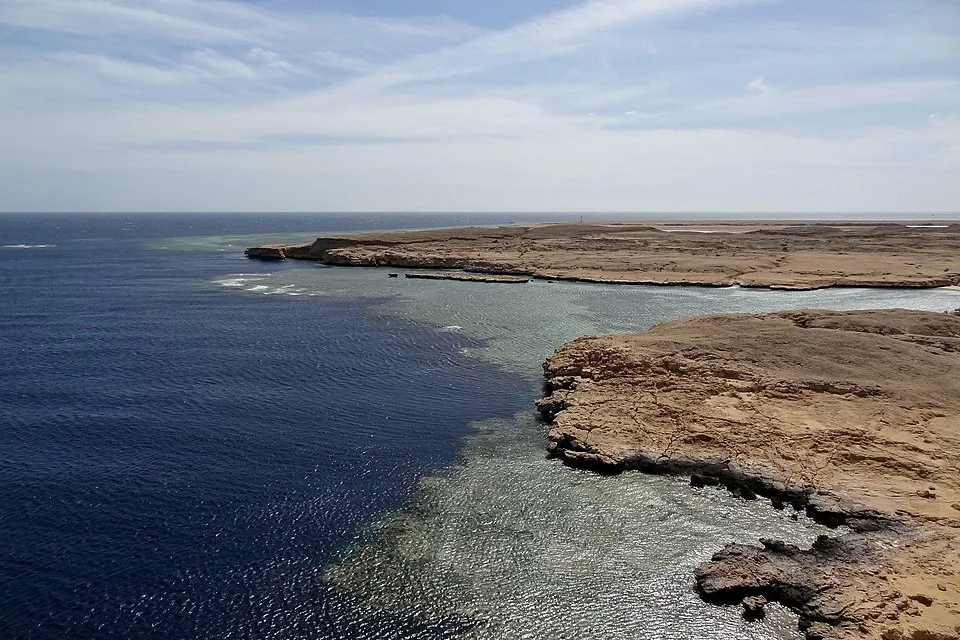
Farther south, the coast around Marsa Alam transitions to summer warmth early; seagrass meadows near Abu Dabbab Bay attract turtles in late spring, and offshore drop-offs like Elphinstone can turn on with pelagic sightings as water creeps toward 26–27°C. Boats to Giftun and Orange Bay from Hurghada run with more elbow room than midwinter holidays, which is a gift if you want quiet sandbars and fewer fins in your frame.
Option B: Peak Season — Strengths and Experience
Peak months deliver crisp air and predictable winter sun. Water is cooler (commonly 22–24°C), but visibility is steady and heat stress is minimal on deck. This is prime time for land-and-sea routines: morning dives, then desert afternoons under a broad sky, or a Bedouin dinner with star-watching in South Sinai. Families appreciate the mild daytime highs and early sunsets that keep schedules simple.
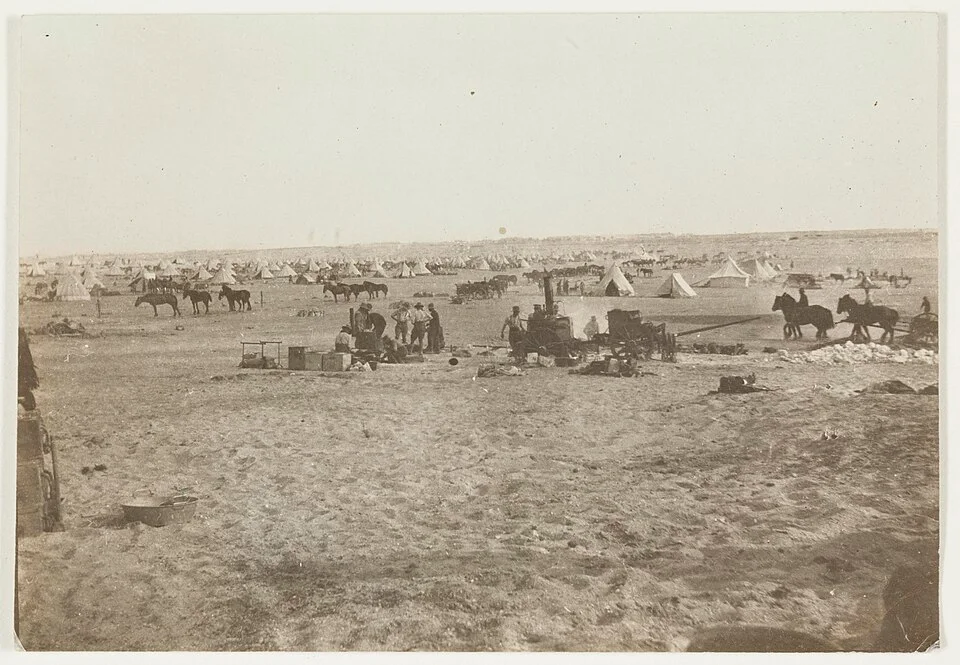
For activity mix, cooler air complements quad-bike and 4x4 routes, sunset hikes, and canyon walks without the punishing heat of summer. If you run cold underwater, plan for 5 mm wetsuits plus a hooded vest for longer dives. Boats feel celebratory around New Year and winter school breaks, so book permits and deck space early.
Cost Comparison
Shoulder months typically unlock 10–30% savings on room rates and day boats versus peak weeks, especially outside holidays. Liveaboards may offer added-value inclusions or cabin upgrades between main demand spikes. On land, guides often have more flexibility for custom timings and private add-ons when occupancies ease, which can be as valuable as a pure price cut.
Best Time for Each
- Shoulder Season (Mar–May, Oct–Nov): Balanced conditions for photographers and casual divers; warmer water by late spring and early autumn without the summer scorch. Soft sunrise and sunset angles are ideal for shallow reef color and topside portraits.
- Peak Season (Dec–Feb): Comfortable air for non-swimmers, kids, and multi-activity days. Consistent visibility aids new divers, and seas are often manageable nearshore. Expect water around 22–24°C and daytime highs near 20–24°C on the coast.
- Summer Low (Jun–Sep): True off-peak on land due to heat, but warmest water (up to 28–29°C) and strong winds draw kiters to windy lagoons in places like Dahab. Plan early starts, long surface intervals in shade, and very high SPF with reef-safe formulas.
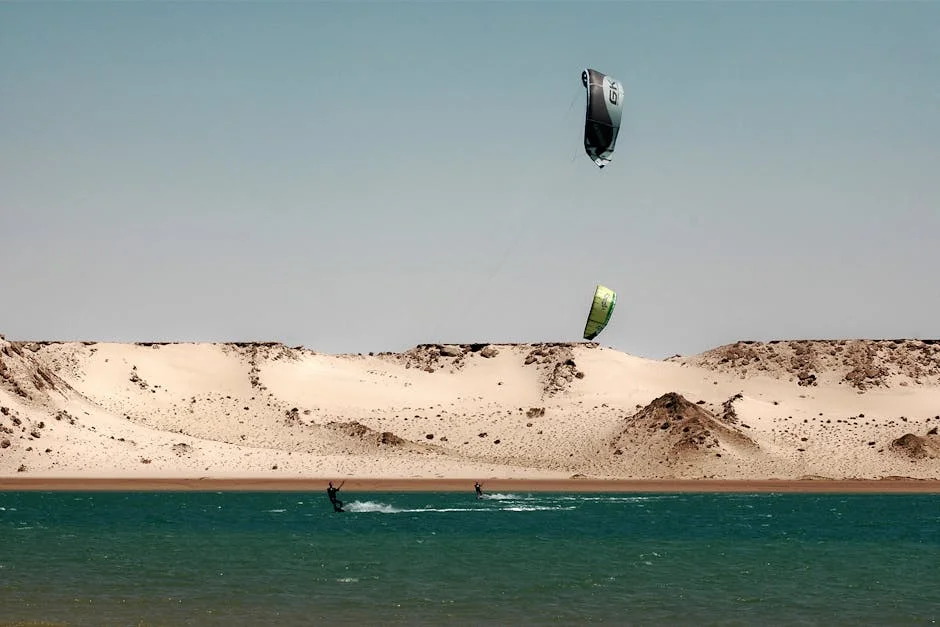
Which Should You Choose?
If you prize quiet reefs, flexible guides, and warmer seas without crowds, shoulder season wins. If your party includes new swimmers, desert-curious travelers, or anyone who runs hot in the sun, peak’s pleasant air is a comfort-first choice. Dedicated divers can thrive in both; kitesurfers tend to prefer the wind engine of late spring through early autumn. For marine-first itineraries, browse curated snorkeling and diving tours, and for land balance, look to desert adventures that pair dunes with the sea.
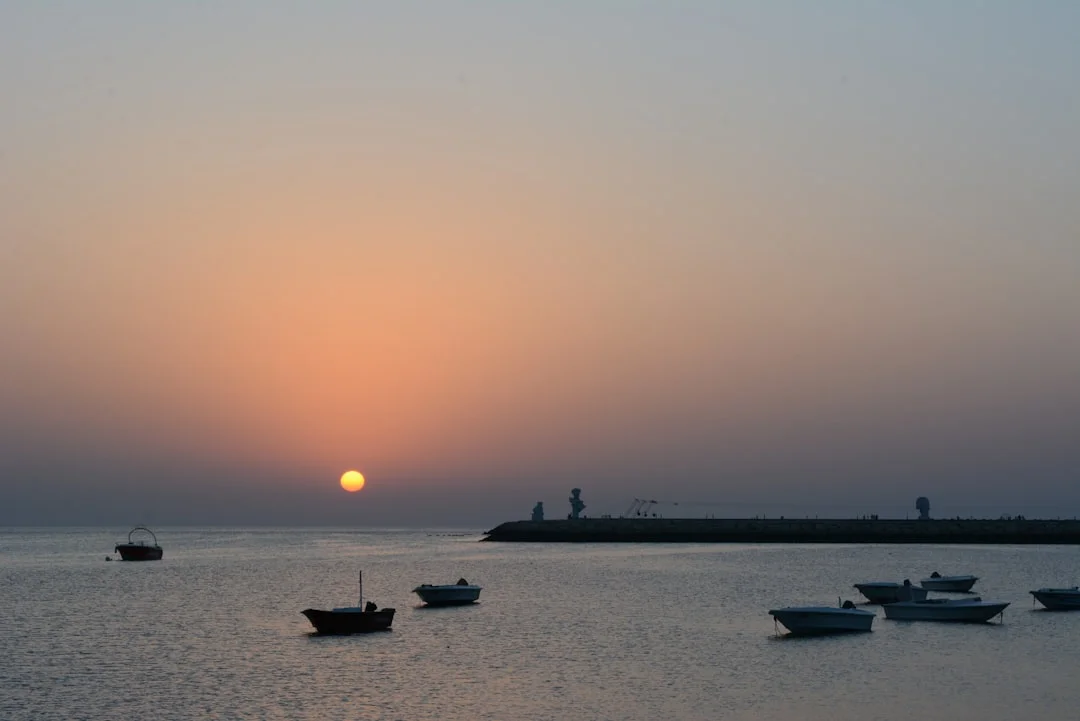
FAQs
Is summer too hot to visit the Red Sea?
Summer brings intense sun and daytime highs that can exceed 38–40°C, but water reaches 28–29°C and winds strengthen for kitesurfing. Plan dawn boat departures, shaded decks, and hydration breaks, and prioritize AC-cooled stays. Underwater, the warmth is fantastic; on land, schedule indoor siestas and late-afternoon activities.
What wetsuit do I need by season?
In peak winter, many divers choose 5 mm full suits with a hooded vest for second dives. In shoulder months, a 3–5 mm works depending on personal tolerance and boat wind. By late summer, some switch to 3 mm or even skins for snorkeling, since surface temps often feel bath-warm.
Are liveaboards better in shoulder or peak season?
Both work. Peak offers crisp air and stable planning around holidays, but boats fill fast. Shoulder trips typically mean calmer decks, more flexible itineraries, and warmer water by late spring or autumn. If you want fewer bubbles at signature sites, shoulder season slightly improves your odds.
Travel is timing as much as geography. Choose your season for the mood you want—festive and crisp, or spacious and warm—and the Red Sea will meet you halfway with clear water and honest light.
